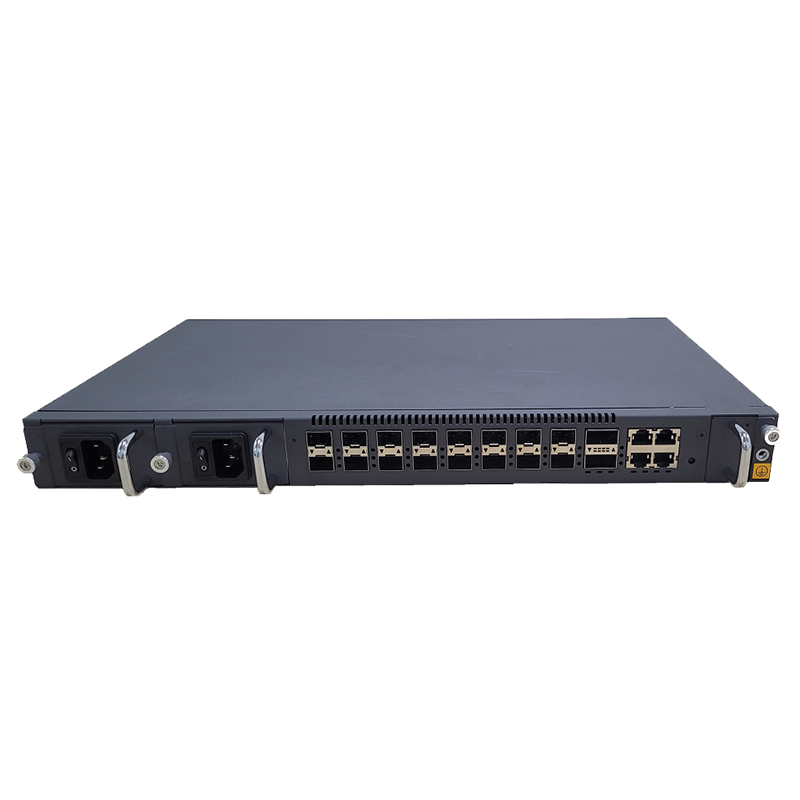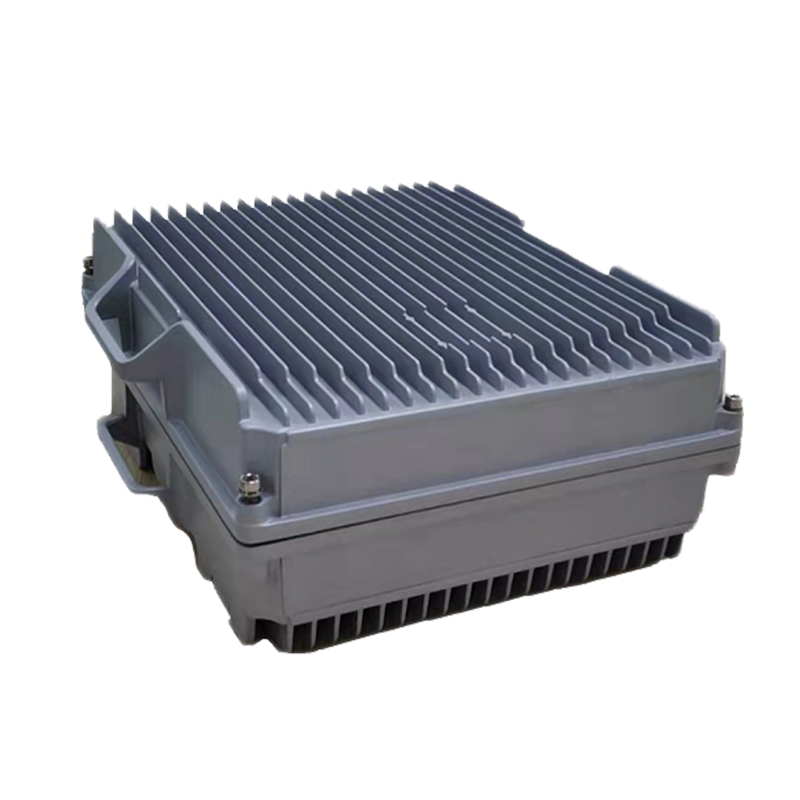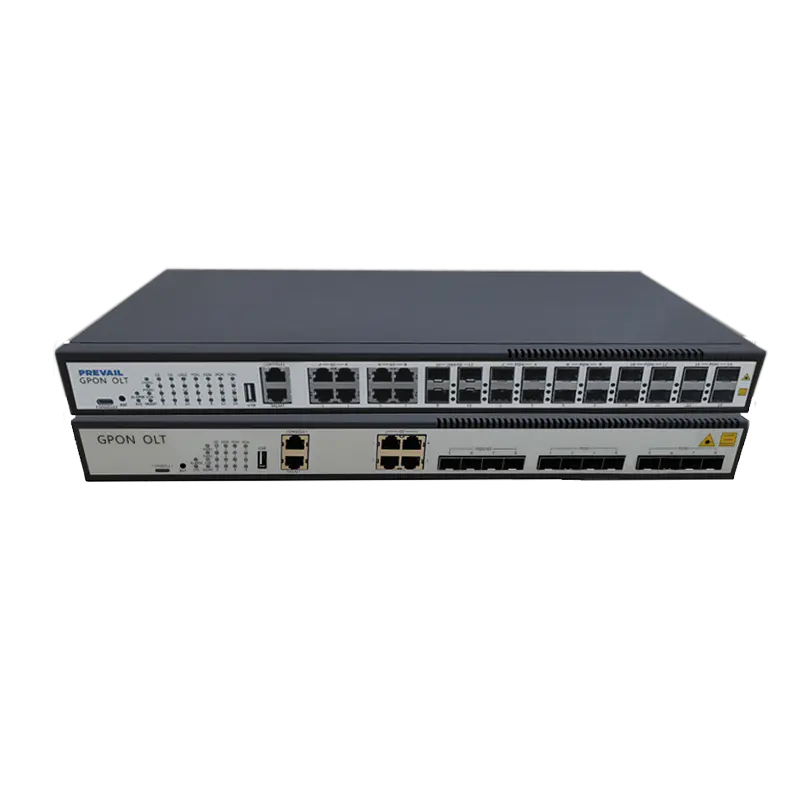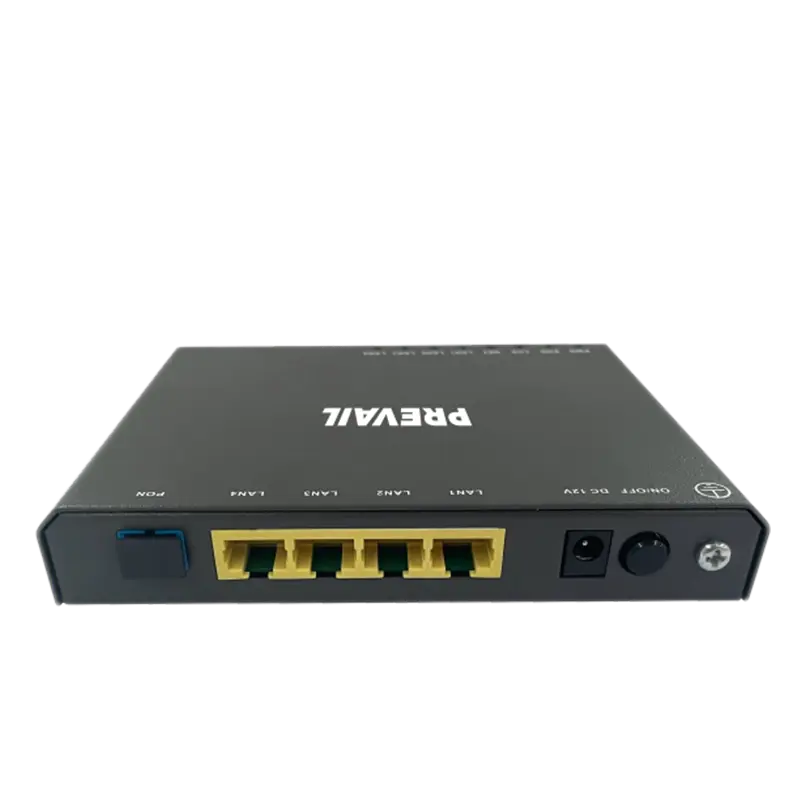How Does a 1550nm EDFA Optical Amplifier Improve Signal Transmission?
Introduction: Understanding 1550nm EDFA Optical Amplifiers
A 1550nm Erbium-Doped Fiber Amplifier (EDFA) is a critical component in modern fiber optic communication systems. Operating at the 1550nm wavelength, which is the low-loss window for optical fibers, EDFAs amplify weak optical signals without converting them to electrical signals. This capability significantly extends transmission distance, improves signal quality, and enhances network efficiency, making them indispensable in long-haul and high-capacity optical networks.
Principles of EDFA Operation
An EDFA uses a section of optical fiber doped with erbium ions. When pumped with a laser at a specific wavelength (typically 980nm or 1480nm), these ions are excited to a higher energy state. Incoming optical signals at 1550nm stimulate the excited erbium ions to release additional photons of the same wavelength and phase, amplifying the signal. This optical amplification process avoids electrical conversion, which reduces latency and preserves signal fidelity.
Pumping Mechanisms
Two common pumping wavelengths are used:
- 980nm pump: Provides low-noise amplification and is ideal for long-haul applications.
- 1480nm pump: Offers higher pump efficiency and is suited for high-power amplification in dense wavelength-division multiplexing (DWDM) systems.
Advantages of 1550nm EDFA in Signal Transmission
The 1550nm EDFA improves signal transmission through several key advantages, which are essential for maintaining high-quality optical communication over long distances.
Longer Transmission Distance
Optical signals attenuate as they travel through fiber, limiting the distance between network nodes. By amplifying signals at intermediate points without conversion to electrical signals, EDFAs extend the reach of optical networks, sometimes over hundreds of kilometers, reducing the need for repeaters.
Low Noise Amplification
EDFA provides low-noise optical gain, preserving the integrity of high-speed signals. This is critical for dense communication channels in DWDM systems, where minimizing noise accumulation is essential for maintaining signal-to-noise ratio (SNR) and bit error rate (BER) performance.
High Capacity Support
1550nm EDFAs support multiple channels simultaneously due to their wide gain bandwidth, typically covering 1525–1565nm. This makes them suitable for DWDM systems, enabling high-capacity data transmission and efficient utilization of fiber infrastructure.
Applications in Optical Networks
1550nm EDFA optical amplifiers are widely used in various fiber optic network applications due to their ability to boost weak signals efficiently and reliably.
Long-Haul Transmission Systems
In long-haul fiber networks, signal attenuation is significant. EDFAs placed at regular intervals amplify signals without introducing additional electrical noise, enabling communication over hundreds of kilometers with minimal degradation.
DWDM Systems
Dense wavelength-division multiplexing systems transmit multiple channels on different wavelengths simultaneously. EDFAs provide uniform amplification across the entire 1550nm band, allowing multiple data channels to travel long distances with consistent power levels and minimal inter-channel distortion.
Metro and Access Networks
In metro networks and access networks, EDFAs are used to boost signals from subscribers to central offices and between metro nodes. This allows operators to maintain high-quality transmission even over extended fiber runs or in environments with multiple splitters and couplers.

Performance Metrics of 1550nm EDFAs
The effectiveness of an EDFA in signal transmission is determined by several performance parameters.
| Parameter |
Description |
| Gain |
The amplification factor, typically 20–40 dB, indicating how much the signal is boosted. |
| Noise Figure |
A measure of noise added by the amplifier; lower values indicate better signal quality. |
| Saturation Output Power |
Maximum output power the EDFA can deliver without significant distortion. |
| Gain Flatness |
Uniformity of amplification across the 1550nm band, crucial for DWDM systems. |
Installation and Maintenance Considerations
Proper installation and maintenance ensure EDFAs deliver optimal performance and long service life. Key considerations include:
- Stable power supply to prevent pump laser fluctuations.
- Temperature control and cooling for the amplifier housing.
- Periodic monitoring of gain, output power, and noise figure.
- Cleaning and inspection of fiber connections to reduce insertion loss.
Conclusion: Enhancing Optical Communication with 1550nm EDFAs
1550nm EDFA optical amplifiers play a pivotal role in modern fiber optic networks by improving signal transmission, extending communication distances, and supporting high-capacity DWDM systems. Their low-noise, wide-band amplification ensures high-quality, reliable optical communication. By understanding the principles, advantages, and performance metrics of EDFAs, network designers and operators can optimize fiber optic systems to meet increasing data demands and maintain superior transmission performance.

















